Famous Festivals in Japan
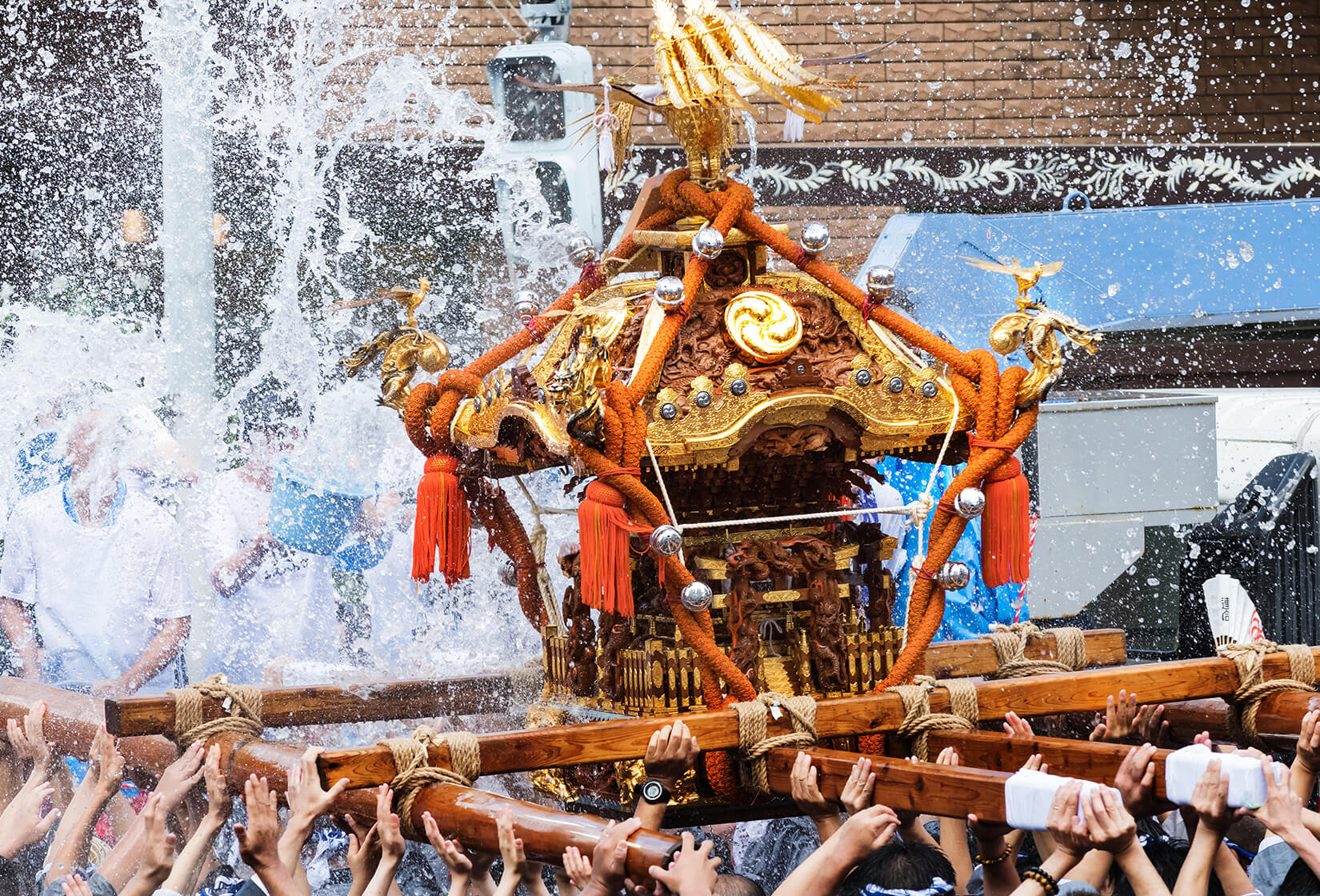
Renowned tourist spots, authentic Japanese food, the impressive discipline and lifestyle of the people? There’s always a good reason to visit Japan. Do you want to get a firsthand experience of the country’s deep-rooted traditions? You should definitely plan a vacation around a Japanese festival! Japan loves celebrating so much that even as you’re reading right at this moment, a celebration is happening somewhere. Feel the Japanese festive spirit and watch just how the country managed to preserve its history up to the present time.
Table of contents
Celebrating Japan: Famous Japanese Festivals

There are about 200,000 matsuri(祭)or festivals in Japan every year, mostly sponsored by local shrines and temples. And since there are around 190,000 temples and shrines all over the country with at least 1 annual festival each, Japan is in high spirits all year round! Additionally, there are national and local festivals to celebrate as well.

Japanese matsuri are always enthralling. With gigantic, carefully-crafted floats, energetic street dances, and countless food stalls, witnessing a Japanese festival is a unique experience. These matsuri are mostly traditional, and as you immerse in one, you also get to learn about Japan’s history. Here are some famous festivals in Japan that you could look forward to:
Sapporo Yuki Matsuri

Photo by Phil Peters on Flickr
The Sapporo Yuki Matsuri(さっぽろ雪まつり), also known as the Sapporo Snow Festival, is a week-long celebration in Hokkaido’s capital every February. It is one of Japan’s most popular winter events, and people have been celebrating it since 1950.
Located in three different sites—the Odori Site, Susukino Site, and Tsu Dome Site—participants exhibit their large snow sculptures to the public. Some of these giant snow sculptures measure up to 25 meters wide and 15 meters high! Millions of spectators go to Sapporo just to enjoy the country’s largest winter festival.
Historically, the Sapporo Yuki Matsuri began when high school students built snow statues in Odori Park. Locals enjoyed it so much that they decided to keep doing it annually! Aside from the hundreds of marvelous snow statues and sculptures, there are also snow slides and snow rafting events perfect for families and friends.
Gion Matsuri

Kyoto is incomparably busy in July. The Gion Matsuri(祇園祭), Yasaka Shrine’s festival, is the most famous month-long festival in Japan! Complete with grand processions of floats called yamaboko junko(山鉾巡行)and street parties, UNESCO designated the festival as an Intangible Cultural Heritage in 2009.
In 869, during the Nara Period, Kyoto was hit with a plague that prompted the people to hold a religious ceremony to appease the gods. Since then, Kyoto has been celebrating the Gion Matsuri annually. After being interrupted by the Onin wars that lasted for 33 years, Japan resumed observing the festival from 970 up to the present time. With its long and sustained history, witnessing the Gion Matsuri is indeed the perfect way to experience the Kyoto culture.
Every year, a local boy is selected to be the divine messenger to the gods during the Gion Matsuri. Seated on one of the remarkable floats, he is paraded through town from the 13th to the 17th. Until then, the boy cannot touch the ground. The floats for this festival are up to 25 meters tall, and they weigh up to 12 tons. They have wheels as large as an average adult, needing around 40 to 50 people to pull them!
Tenjin Matsuri

Photo by Phil Peters on Flickr
One of the top three festivals of Japan along with the Gion Matsuri, the Tenjin Matsuri(天神祭)is celebrated yearly in Osaka every July 24 and 25. This matsuri is the Tenmangu Shrine’s festival, honoring the deity of scholarship Sugawara Michizane. Even though Japan holds this for only two days, the festival still gathers millions of participants.
The first recorded celebration of the Tenjin Matsuri happened in 951. The principal deity is invited out of the shrine and paraded through the city. People carry out exhilarating activities to entertain the deity, and then they take him back to the shrine. One of the highlights of the Tenjin Matsuri is the Okawa river procession, followed by a fireworks display.
Since the 10th century, the Tenjin Matsuri has been a great time to enjoy summer in Japan! Participants in traditional costumes, all energized by the festive event, crowd the streets of Osaka. For over a thousand years now, the Tenjin Matsuri gathers people as they pray at the river for the peace, safety, and prosperity of Osaka.
Kanda Matsuri

Along with the Gion Matsuri and the Tenjin Matsuri, the Kanda Matsuri(神田祭)is also one of Japan’s top three festivals. Unlike most of the annual matsuri, Japan celebrates this festival in mid-May in odd-numbered years. It alternates with the Sanno Matsuri(山王祭), another famous festival in Tokyo, which people observe in even-numbered years.
The festival can be traced back to the Edo Period(1603-1867), when people celebrated the victory during the Battle of Sekigahara. Tokyo holds the festival at the Kanda Myojin Shrine, the shrine associated with good fortune and prosperity. Over 200 floats and portable shrines called mikoshi(神輿)are paraded, along with priests on horses, dancers, and musicians!
What started as a demonstration of prosperity under the new regime of the Tokugawa shogun has become one of the country’s greatest traditions. The Kanda Matsuri celebrates Kanda Myojin Shrine’s deities: the god of good harvest and matrimony, Daikokuten, the god of fishermen and businessmen, Ebisu, and feudal lord of the 10th century, Taira Masakada. Through time, the festival has become a celebration for the people’s wealth and good fortune.
Aomori Nebuta Matsuri

Another famous festival in Japan is the Nebuta Matsuri(ねぶた祭)in Aomori. It is one of the “Three Great Summer Festivals” of the Tohoku Region and is undeniably one of the most fascinating matsuri in the country. Held every August, enormous lantern floats that leave both locals and tourists in awe fill the city’s streets.
Made of painted washi paper over wireframes and wooden and bamboo structures, the lantern floats take a year to design and build. Accompanied by teams of drummers and other musicians, the 9-meter wide and 5-meter tall depictions of gods and mythical and historical figures are paraded. Hundreds of dancers called haneto(ハネト)wear the traditional haneto dancing costume, chanting “Rasserā, Rasserā,” which means they’re inviting people to join.
The Nebuta Matsuri is a Japanese fire festival. Although its origins are unknown, it remains a must-see spectacular summer festival. In 1980, it was designated as one of the Important Intangible Folk Cultural Properties of Japan. Anyone can celebrate and dance, as long as you’re in your haneto costume!
Obon

The Obon(お盆)or Bon(盆)is an event solely to commemorate Japanese ancestors. There is a belief that the spirits of the departed return to the living world to visit relatives, thus, the annual Buddhist matsuri. The regions that observe the solar calendar hold the festival every July, while those that follow the lunar calendar have it in August.
The long-standing tradition includes cleaning houses and offering food in front of a Buddhist altar. Paper lanterns are lit inside the houses and family graves to guide the ancestors’ spirits back home. People also hold a ceremony called tōrō nagashi(灯籠流し)on the last evening of the matsuri, where participants let paper lanterns float down the river. It is a beautiful ceremony of sending the spirits back to their world.
Japanese families celebrate in tranquility during this festival. Never miss out on the Bon Odori(盆踊り)or Bon dance. One captivating sight during the Obon is when 5 bonfires are lit on the mountains of Kyoto during the Daimonji Gozan Okuribi(京都五山送り火)!
Conclusion

Given the estimated number of matsuri in Japan yearly, it seems like numerous festivals are celebrated everywhere everyday! Japan holds on to tradition and culture so tightly that its history stays alive even through decades and centuries. The Sapporo Yuki Matsuri, Gion Matsuri, Tenjin Matsuri, Kanda Matsuri, Aomori Nebuta Matsuri, and Obon are only a few of the famous Japanese festivities. Find the perfect timing and catch a festival or two and experience Japan to the fullest!
Motto Japan, the community platform to support foreigners with the foundation for life in Japan, including Japanese study, job opportunities, and housing service. Motto Japan Media will provide a wide variety of information for Japanese fans all over the world, to create a cross-cultural environment and enrich the life of foreign residents in Japan!


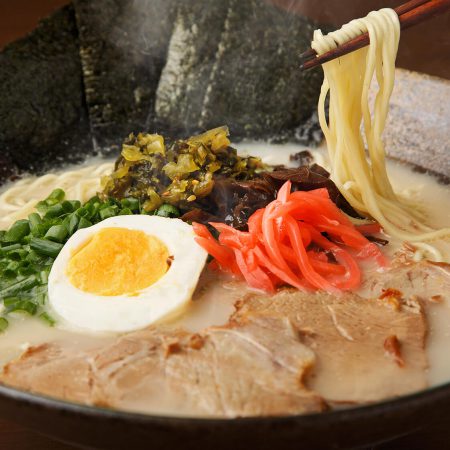

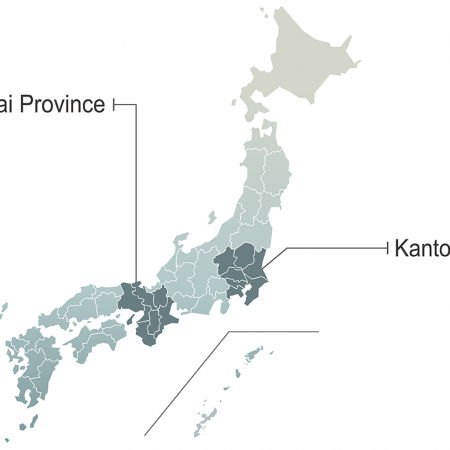
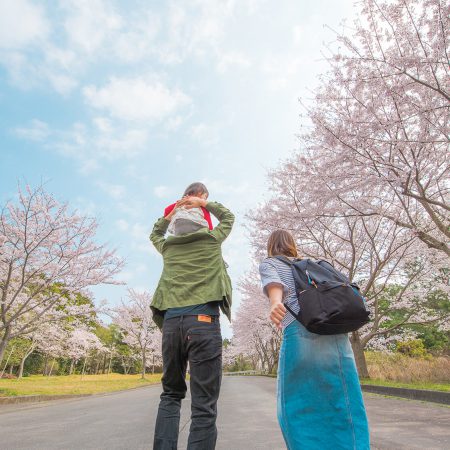
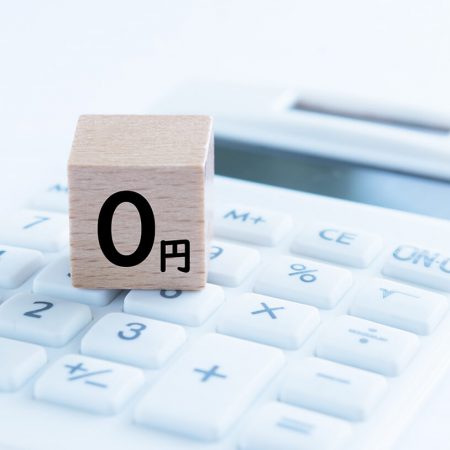
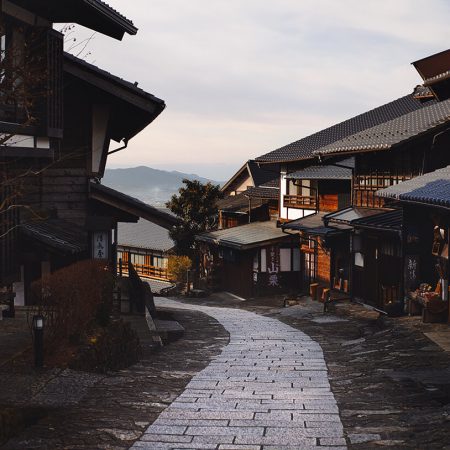


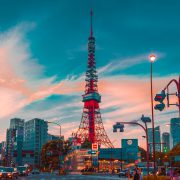


Leave a Reply